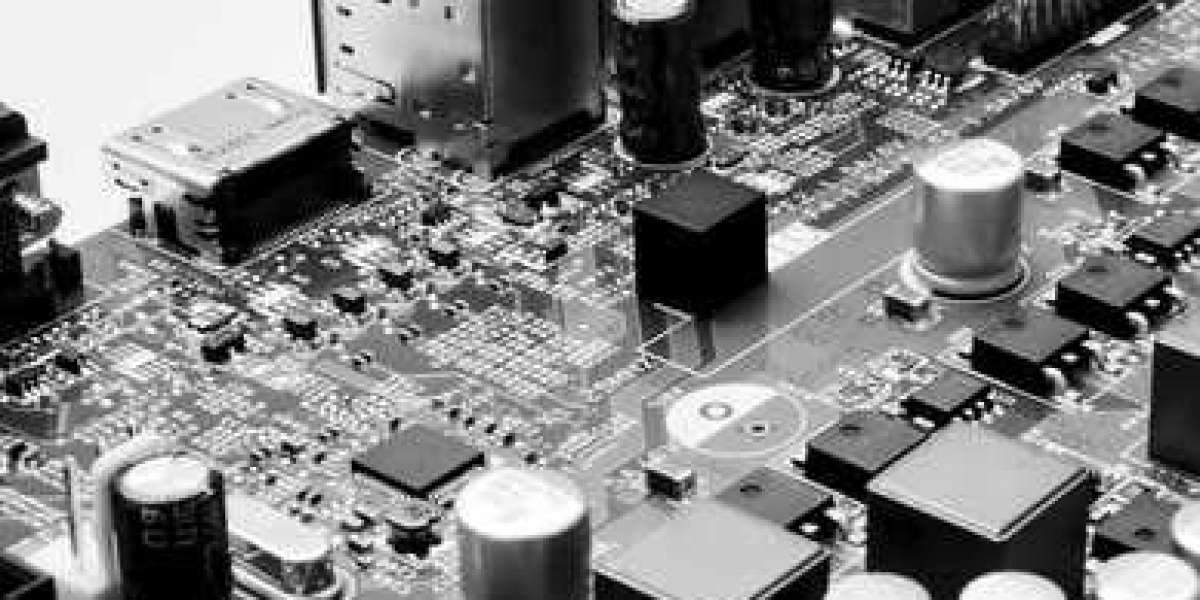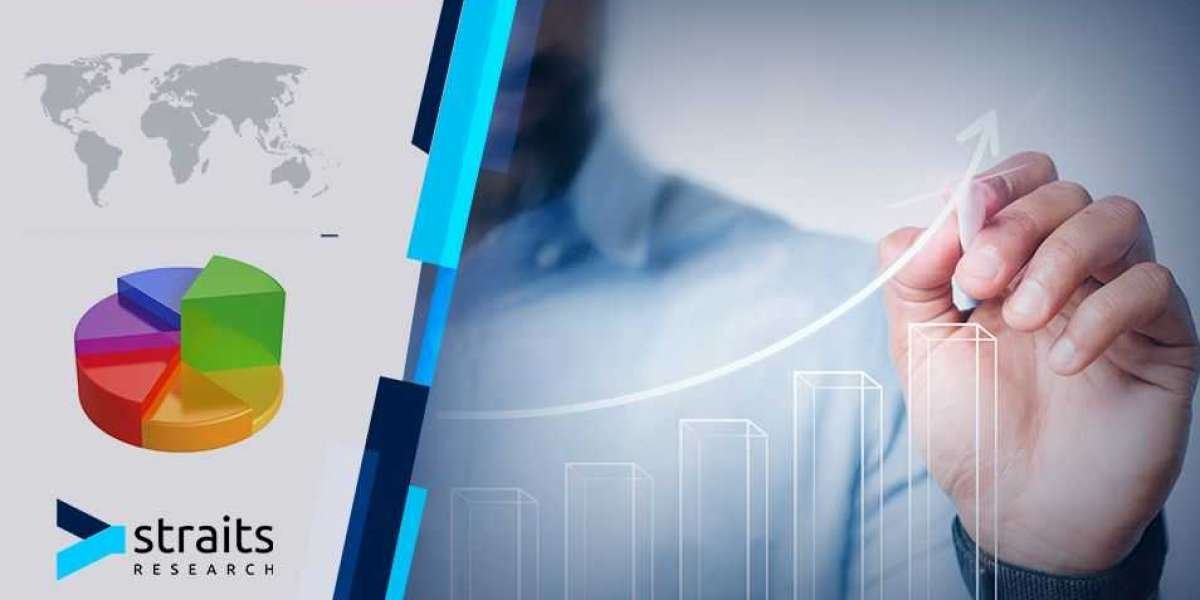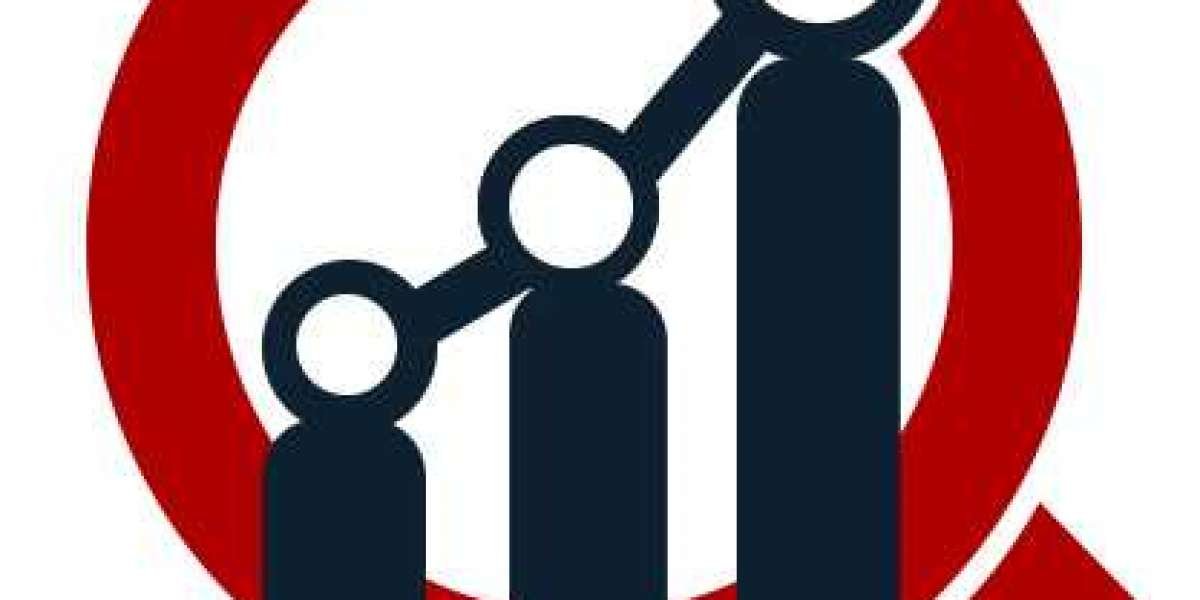What are Managed RTLS Services?
RTLS applications grow with hospital data needs
A real-time positioning system (RTLS), also known as a real-time positioning system, can help hospital facility professionals track key assets and save time, money and lives. However, while they are mainly used for asset management, these systems extend into other areas, such as communication detection, which is particularly important due to the COVID-19 pandemic.
Hospital applications
RTLS has two main applications in hospitals: asset discovery and patient discovery, according to Garrett Cathey, business manager for technology solutions for the US and Canada at GE Healthcare, Chicago. "Asset tracking is a great way to start if a hospital is new to RTLS as it has a wide-ranging impact across the organization, from clinical engineering to nursing staff."
Asset management is the main RTLS service that provides the most value for hospitals, manufacturers say. Automated monitoring of employees, patients and equipment offers a clear return on investment in terms of time, money and product savings. Increasingly, existing RTLS solutions are being acquired to improve patient workflows in hospitals and clinics.
Conditions of widespread use
The number of hospital applications including RTLS technology has been steadily increasing; These include electronic health records and an operating system (OR). For example, RTLS can help manage OR time, function, and location and availability of surgical instruments, according to Christopher Thompson, director of patient knowledge at CenTrak, Newtown, Pa..
"Recently, COVID-19 has become increasingly popular with RTLS applications related to the prevention of infectious diseases. RTLS can track people in health care facilities; see check the temperature, weather and other environment;
Although RTLS technology has long been used to record direct contact, more patients are being used during the QHID-19 transmission, according to Jeanne Kraimer, product manager with RTLS in Midmark, Traverse City, Mich. "RTLSs enable staff to quickly identify who is affected. This is the key to referrals and use precautionary measures to prevent the spread of the disease. More.
Capturing data
Data collection is a key capability of the latest RTLS, which allows hospitals to provide information on various operational improvements. Systems can be used to ensure the availability of assets when needed and to avoid overspending on unnecessary equipment. RTLS data can also be used to optimize an enterprise's workforce by ensuring that the hospital has the necessary staff.
"RTLSs can help track and report key values such as door-to-door time, patient performance, and waiting time in the emergency room," Thompson says. "For large health systems, enterprise RTLS allow you to connect multiple facilities so you don't lose your vision as patients, employees, and assets move between locations."
With so many RTLS options available, different location technologies offer different levels of accuracy that affect data efficiency, according to Kraimer. “This is an important issue when evaluating RTLS solutions to support specific business goals,” he says. "What granularity is needed to support contact tracking and other operational improvements?" For example, localization at the area level is not granular enough to support process efficiency efforts in an oncology clinic that sees more patients in the same area. "
There are many inventions
Among the new RTLS available in the hospital market, Midmark has introduced a wireless sensor network and a combination of Wi-Fi detection options to meet the facility's needs for flexible installation, maintenance and proper coverage. of the right. The company has also published models of patient flow optimization designed to help clinicians take a step-by-step approach to improving patient flow and utilization of areas.
CenTrak recently added bluetooth low power (BLE) to its RTLS program. Lanterns BLE's work, will last for five years and is easily controlled through looga program 'Pulse Connect Platform' for the company. “BLE lamps can be turned off and off and can be legalized independently. If a facility has a CenTrak RTLS infrastructure, BLE Lights can support applications that do not require infrared technology accuracy, ”Thompson said.
Sonitor provides two integrated tools to determine communication designed to prevent and contain the spread of COVID looga 19 hospitals. Sonitor Sense RTLS is a state-of-the-art technology that minimizes ultrasound-based transmitters to locate and monitor the patient's location and movements, all inpatient hospital staff, all medical equipment that may be in contact with the patient, and potential staff interactions . spread by, staff, or other equipment. Forkbeard Peer to Peer is a non-invasive solution that minimizes smartphones and downloadable software to enhance those capabilities.



